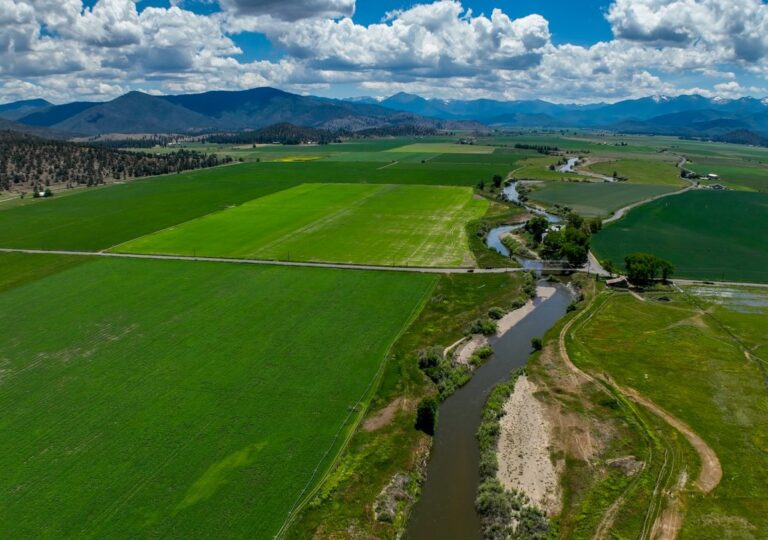Farmers, ranchers, tribal members and others who rely on water from the Scott River and Shasta River watersheds turned out last week to offer insights to state officials considering an emergency regulation to set minimum flows on the tributaries.
The gathering at an informational workshop on Oct. 6 in Sacramento came in response to a July 1 petition by the Karuk Tribe, which asked the California State Water Resources Control Board to use its emergency powers to set permanent minimum instream flows to prevent the extinction of coho salmon.
In August, the water board directed staff to return with a plan to adopt interim flow measures to support salmon. It also asked farmers, tribes and other interested parties to work together to develop plans for long-term restoration of the salmon fishery.
Yurok Tribe senior biologist Michael Belchik offered details about the state of the fishery in the Scott River and Shasta River. He noted the Yurok Council this year “decided to cancel the entire fishery” due to low population numbers.
“It was the first time since time immemorial that nobody was fishing on the river,” he said.
Agricultural representatives talked about impacts felt by farmers and ranchers during the past few years of drought and emergency curtailments.
Curtailment of water rights in the two Klamath River tributaries has been in place since May 2021 when Gov. Gavin Newsom declared a drought emergency. Though the drought is over, the curtailment order continues. It limits surface-water diversions and groundwater pumping, while prioritizing minimum flows to protect threatened coho and other fish.
“We have belly-scraping years, too, and there’s been quite a few of those lately. These dry years—they’re hard on all of us,” said Scott Valley rancher Theodora Johnson, a founder of the Scott Valley Agriculture Water Alliance. “We can’t always just keep turning down the dial on agriculture and expect us to survive. I hope everybody’s keeping that in mind as we look at all these different scenarios.”
Gary Black, a restoration and conservation consultant who farms along the Scott River, said “the agricultural community in both watersheds is very serious about the condition of fisheries, and our responsibility and role of those fisheries.”
He added, “What’s happened over the last 25 years of farming with salmon is we’ve become very educated about what fish need.”
National Oceanic and Atmospheric Administration fisheries biologist Jeff Abrams described stressors to salmon and steelhead, including poor water quality and flow barriers. He told workshop participants the National Marine Fisheries Service “recommends flows return to a more natural hydrograph that aligns with life history requirements and supports our parameters for healthy coho, chinook and steelhead populations.”
Participants in the workshop discussed “local cooperative solutions,” known as LCS, that have allowed water rights holders the opportunity to propose alternatives to curtailments under the drought emergency regulation.
Black suggested that the state base flow reduction levels on water-year type and encouraged the agency to offer producers other […]
Full article: mavensnotebook.com

